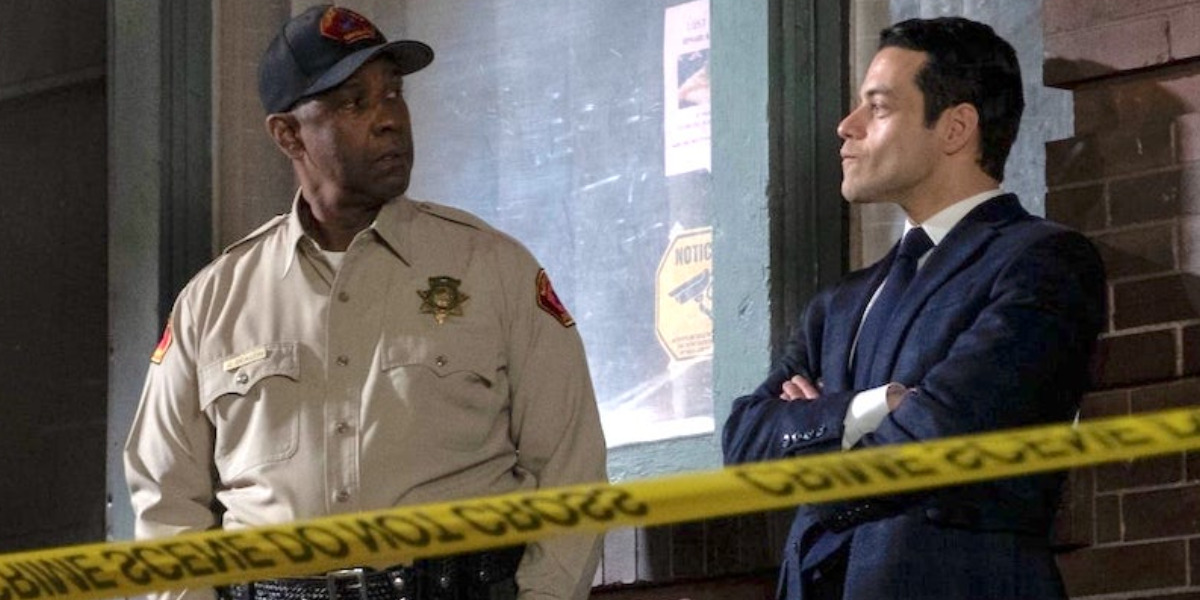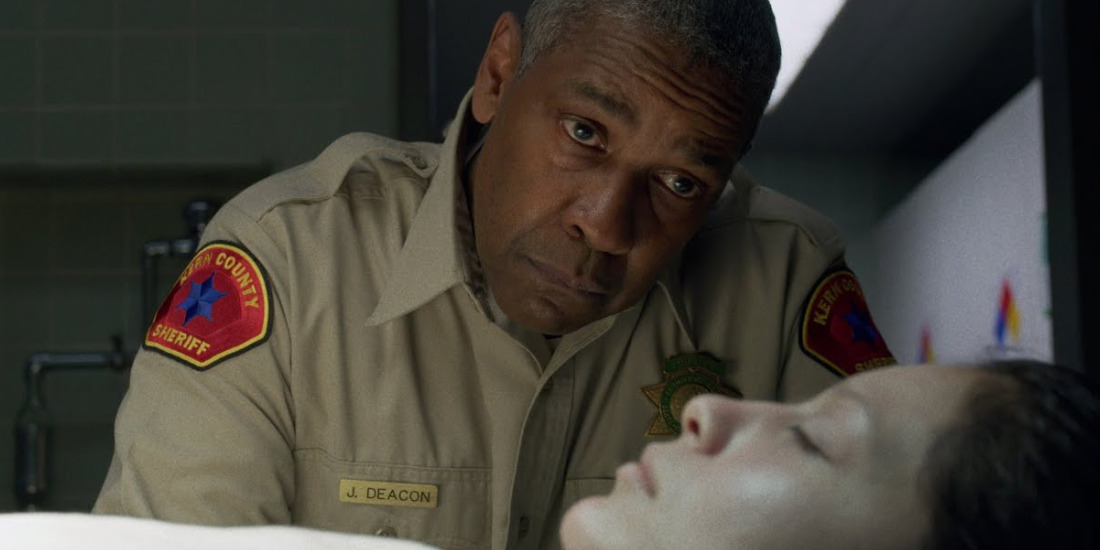In ‘The Little Things,’ the neo-noir crime drama film, John Lee Hancock delves into a psychological exploration of two detectives stretched taut in a puzzling investigative hunt after a serial killer. As a string of killings plagues the streets of Los Angeles, local Detective Jim Baxter and Kern County Deputy Sheriff Joe Deacon enter the crime scene with different approaches and perspectives. Yet, once Deacon spots the similarities between the case and an unsolved puzzle from his own past, the man decides to partner up with Baxter to hunt down their common enemy.
However, as Baxter and Deacon’s joint desperation to bring justice increases, their morals start to loosen, opening the roadways to new threats. While the narrative charts a clear serial killer hunt, centering mounting tension, the film retains themes that examine genre conventions and pitches an unconventional conclusion. However, the resulting moral ambiguity leaves viewers to grow suspicious of less obvious characters, like Deacon, in an attempt to deduce the real identity of the story’s unnamed killer. SPOILERS AHEAD!
Deacon, Mary Roberts, And The Red Berrette
The question of whether or not Deacon is a killer is one easily answered due to his past connection with Mary Roberts, one of the three victims from his last homicide case before his relocation to Kern County. Unlike the other two women who fell victim to a serial killer’s gruesome crimes, Mary Roberts survived the attack. However, as the girl emerged from the foliage while Deacon and his then-partner Farris arrived on the scene, her abrupt presence spooked a trigger-happy Deacon.

As such, Mary Roberts died due to Deacon’s mistake, and the cop proceeded to cover up her death with the help of Farris and Coroner Flo, falsely labeling her another victim of the killer. Thus, Deacon’s identity as a killer remains evident in the film. Nonetheless, the same incident also raises curiosity about whether Deacon could potentially be the central killer behind all those murders.
Considering the fact that Mary Roberts would have been the most prominent witness in Deacon’s case, her death effectively prolongs and possibly destroys the entire investigative process. Therefore, Mary’s death would have either been a stroke of exceptional luck for the killer— or an intentional tying up of loose ends. After all, a point-blank shot to the chest seems like an awfully significant mistake for an experienced cop— hailed as an expert homicide detective— to have made.
Consequently, the theory emerges that Deacon could potentially have been the killer all along, who intentionally orchestrated Mary Roberts’ killing as an accident to eliminate an incriminating witness to his crime. Furthermore, the theory expands itself once we take into account the fact that the serial killings— starting with Ronda’s disappearance and Julie’s gruesomely staged murder— began with Deacon’s coincidental return into town on police business.
In fact, much of the circumstantial evidence that Deacon uses to assert Albert Sparma as the lead suspect in the case becomes applicable to the sheriff himself once we look at things from a certain perspective. Similar to Sparma’s box of memorabilia, including newspaper cuttings of murder investigations, Deacon maintains a wall of evidence on his dodgy hotel room wall, suggesting an obsessive interest in the case. Furthermore, Deacon’s dogged insistence upon Sparma’s guilt— which heavily influences Baxter’s opinions— can be interpreted as an attempt to shift focus and pin the blame rather than honest detective work.
As such, Deacon all but proves the same when he sends Baxter the red Berrette after helping the other man cover up Sparma’s accidental murder at the younger cop’s hands. The hair clip is an item Ronda is believed to be sporting on the night of her disappearance. As a result, it’s meant to extend a comforting solace to Baxter, who would likely assume Deacon found the Berrette at Sparma’s house while clearing up his apartment. However, the viewers are privy to the knowledge that Deacon actually bought the Berrette himself to plant as a false hope for his partner.
Therefore, another reading of the situation can just as easily suggest that Deacon’s message to Baxter, containing the Red Berrette, is really evidence that supports the man’s guilt of the crime. If the theory is to be believed, Deacon’s character can be considered a mastermind killer who evaded capture twice, equipping the same trick— accidental deaths that led the primary cop on the investigation to break away from homicide cases.
Deacon’s Moral Ambiguity
Despite the evidence against Deacon, the former’s case remains as circumstantial as Albert Sparma’s, offering plausible rebuttals to each theory. For instance, Deacon’s obsession with the case can be a side-effect of his failure, riddling the man with insurmountable guilt. For the same reason, Deacon continues to be haunted by the victims of his one unsolved case, which pushes him to investigate the new string of murders. 
The unsolved nature of Deacon’s morality remains reflective of the film’s core value, which resides in exploring the circumstances that can push one to unexpected ends. After all, Hancock himself asserted, “I don’t know, and that’s not what the movie’s about,” when asked about the killer’s identity by Jared Leto, who portrays Sparma’s character. The film isn’t interested in answering the question— who is the killer— which defines most films in the serial killer genre. Thus, the narrative seems to make equally probable cases for and against Deacon’s guilt.
Consequently, Deacon’s identity as the killer, central to the film’s crimes, remains ambiguous until the end, allowing the viewers to come to their own conclusions— or, better yet— leave them hanging in the air. Ultimately, Deacon’s ledger isn’t all-clear, given his murder of Mary Roberts and its ensuing cover-up. Nevertheless, the character’s ties to the serial killings throughout the film remain tinted with gray, leaving an ambiguous open end.
Read More: Is Albert Sparma the Killer in The Little Things?


You must be logged in to post a comment.